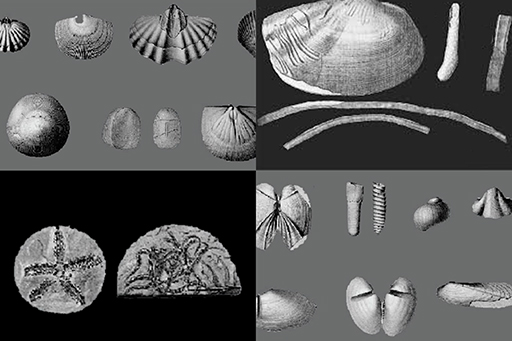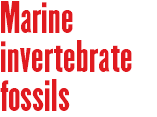00-360 million years ago in the Devonian Period of the Paleozoic Era, the region now known as Campos Gerais do Paraná was located in elevated latitudes very near the South Pole, and was still united with the continental masses that formed the Gondwana continent. The sediments deposited during this period indicate that they were laid down in a marine environment; in other words, the entire region was under the sea. There is evidence that the sea was very cold, and probably never exceeded 50 meters in depth. Specialists consider it to have been a shallow sea. Evidence suggests that the sea flooded and drained from the lower regions of the continent several times, and a state of prolonged submersion is proved by the presence of marine paleofauna like trilobites and brachiopods preserved in the rocks. There are also records of microfossils, vegetal fragments and ichnofossils. They can be seen in all over the outcroppings of the Ponta Grossa Formation, in places where roads have been cut (see, for example, BR 153 in the Tiabgi municipality). Fossils are also easily seen along the railway branch runing between the cities of Jaguariaíva and Arapoti. The Campos Gerais region can be considered an open-air Museum of Natural History.

